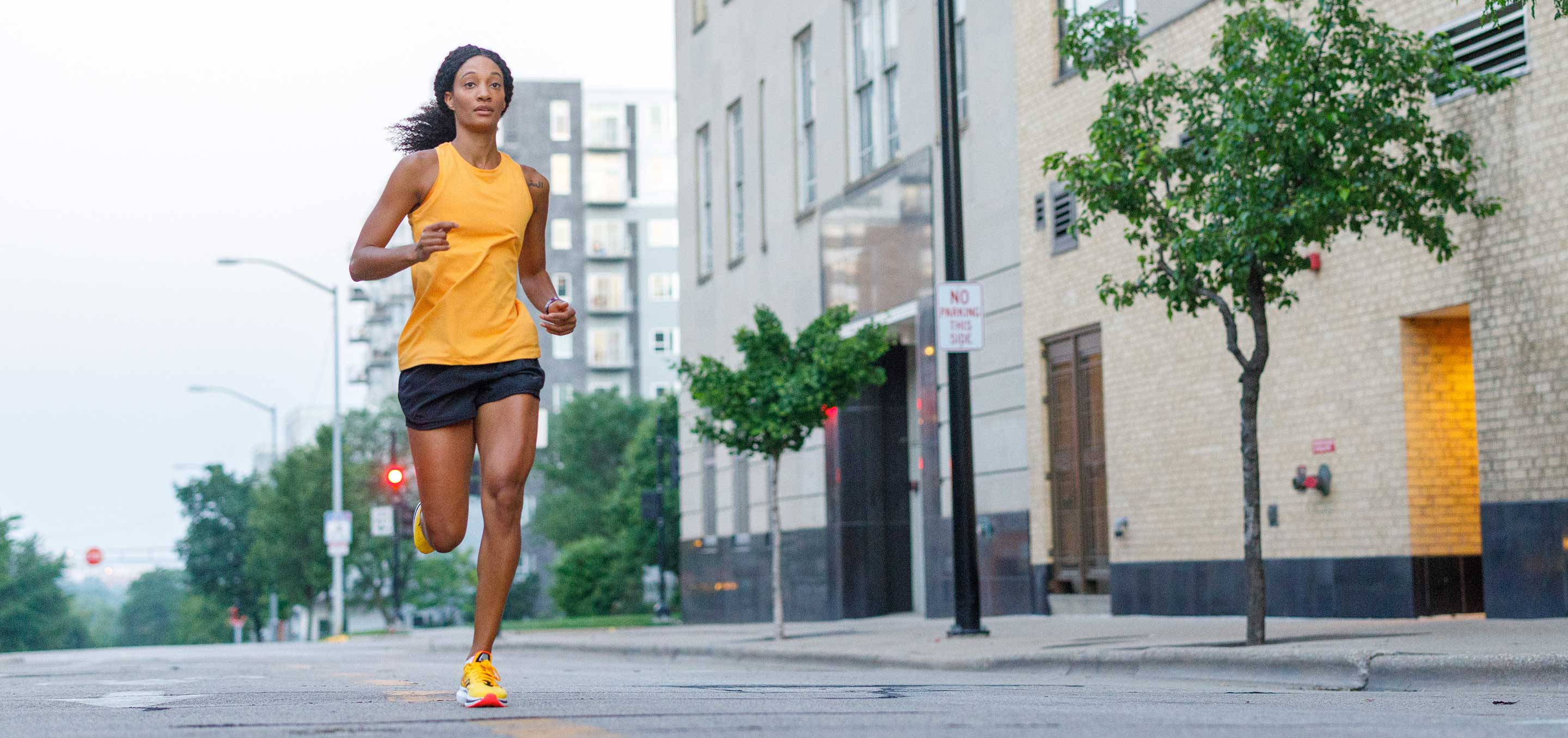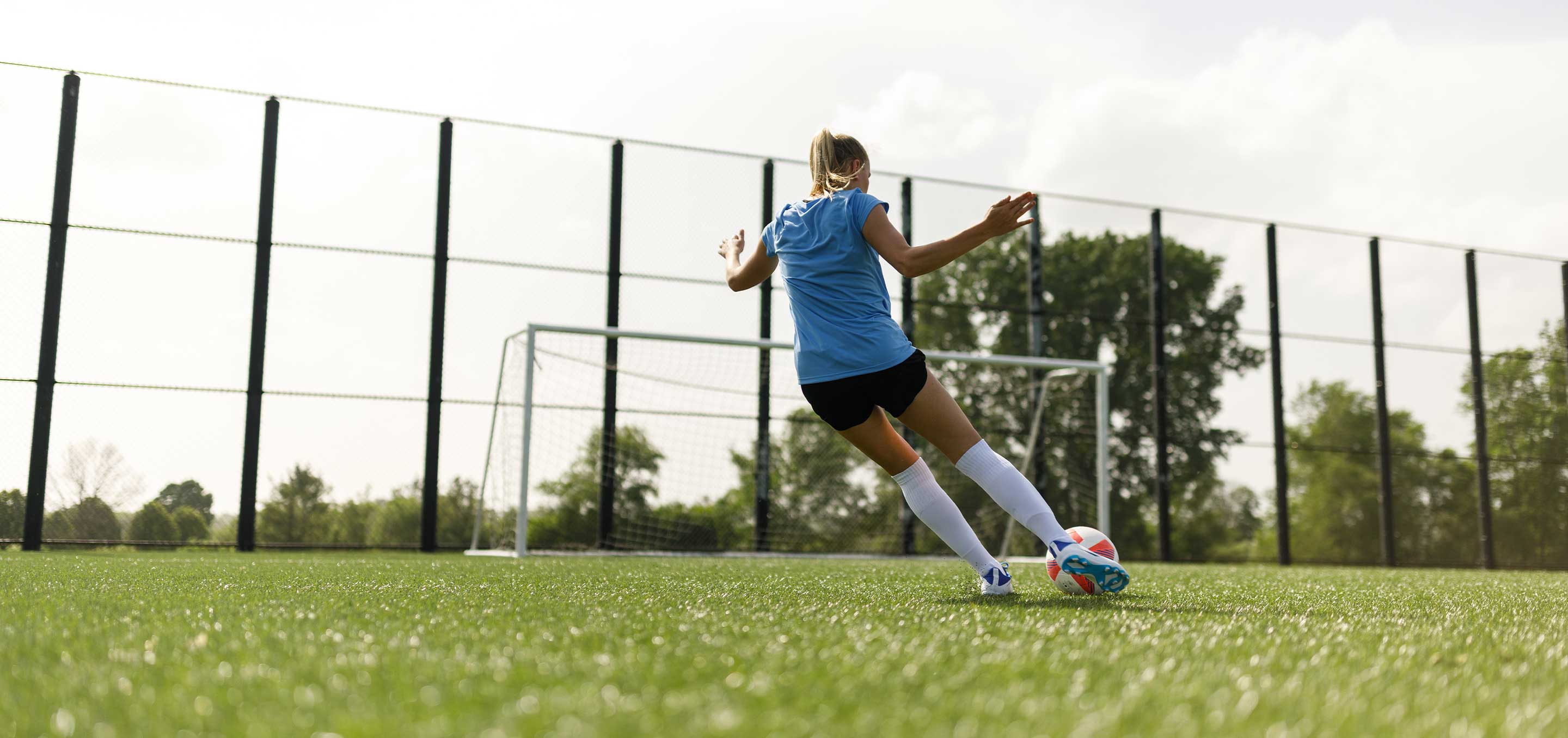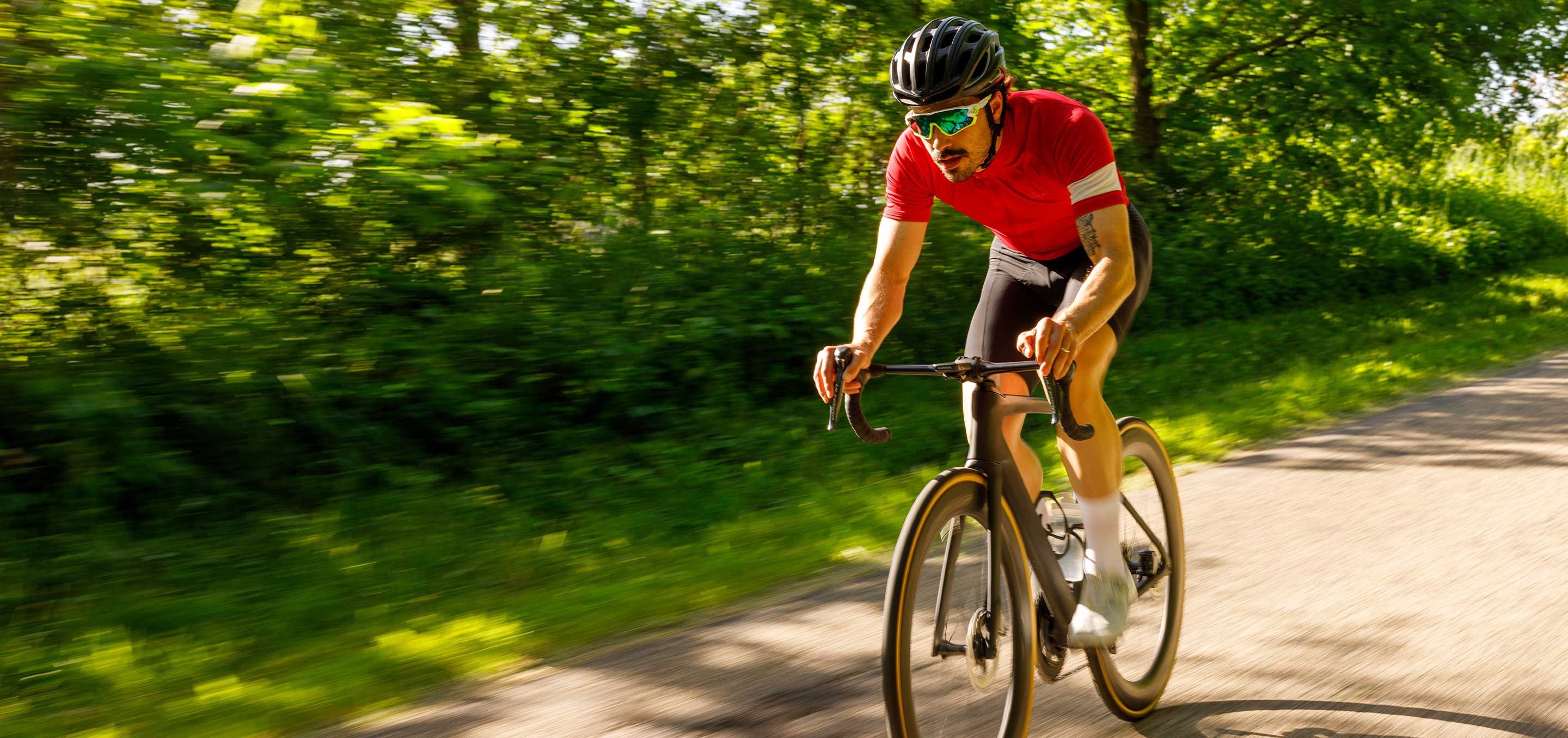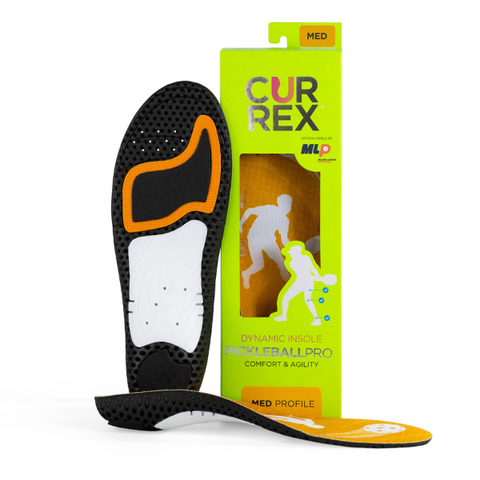Pickleball Foot Faults & How to Avoid Them

Pickleball Foot Fault Tips for Better Play
A foot fault is one of the most common violations in pickleball. Both beginners and advanced players might struggle with foot faults that happen when serving behind the baseline and inside or near the non-volley zone, also called the kitchen.
By understanding how you get a foot fault in pickleball and learning strategies to avoid them, you can enhance your skills and enjoyment of the sport. One way to improve your footwork and prevent foot faults in pickleball is wearing CURREX® PICKLEBALLPRO™ insoles for better stability, control, and grip on the court.

What is a foot fault in pickleball?
Like any sport, pickleball has regulations that when broken, have consequences. Breaking a regulation in pickleball is called a fault. While there are many types of faults like hitting the ball out of bounds or into the net, foot faults are some of the most common among beginners and extremely motivated players.
A foot fault in pickleball is when your feet fail to stay behind the baseline during a serve or you step into the kitchen or on the kitchen line to volley a ball that has not yet bounced. Your feet go out from under you, crossing a forbidden boundary in that moment of play.
The Two Types of Pickleball Foot Faults
Foot faults in pickleball fall into two primary categories: service foot faults and non-volley zone foot faults. It is crucial that players focus on their footwork throughout the game since allowing your toes to even graze the baseline or kitchen line is considered a fault.
Service Foot Fault
In pickleball, a service foot fault occurs when a player steps on or over the baseline during a serve. Official pickleball rules state that when serving, a player must:
- Deliver the serve at least one foot behind the baseline.
- Have at least one foot touching the surface of the court.
- Stand within the area inside the imaginary extensions of the sideline and centerline.
- Refrain from stepping onto the court (across the baseline) until after striking the ball.

Your foot cannot touch the baseline when serving in pickleball until after you make contact with the ball and complete the serve. You also cannot cross the imaginary lines that would extend from the center or sidelines as this will also result in a service foot fault.
Beginner picklers often struggle with serving the ball and staying behind the baseline because they aren’t used to the necessary footwork. At the start of a serve, a player might step forward with their lead foot and graze or step over the baseline just before striking the ball. Common in deep court serves, keeping your foot grounded behind the line takes balance and control.
Kitchen Foot Fault
A kitchen foot fault in pickleball is a mistake players make when stepping on the kitchen line or inside the kitchen to volley a ball. A volley is a shot where the player hits the ball before letting it touch the ground. Volleys are not allowed in the kitchen, hence the name: the non-volley zone.
Players typically commit non-volley zone foot faults by:
- Stepping on or over the kitchen line when volleying the ball.
- Touching something or someone, like your partner, that is in the kitchen during a volley.
- Accidentally dropping your gear into the non-volley zone when volleying the ball.
- Touching the kitchen with your paddle before hitting the ball or afterwards on the follow through.
- Being carried into the kitchen by your own momentum after volleying the ball.

Not all foot faults in the non-volley zone are obvious. For example, you do not have to wait for the ball to bounce in the kitchen before you step inside of it, but the ball must bounce before you hit it. The non-volley zone and line applies to the pickleball court surface and not the air space above it. Also, your partner can pull you away from the kitchen to keep you from falling into it.
The reason behind non-volley zone regulations is to prevent smashing the ball too close to the net, like an overzealous spike in volleyball. It keeps advanced players from taking over the game. Players of every level commit non-volley zone foot faults when engaged in intense play and either forget where they are or lose balance.
What is a push-off foot fault in pickleball?
Within the category of kitchen foot faults, a push off foot fault in pickleball happens when a player loses balance while attempting to volley a ball and tries to regain it by pushing off the court with their hand or paddle.
How to Avoid Foot Faults in Pickleball
It’s easy to get carried away in an intense game of pickleball, but by staying mindful of your footing and practicing better balance, you can avoid making errors like foot faults. No matter your experience level, you can perform better and avoid committing foot faults in pickleball when you:
- Wear pickleball insoles: The official insoles of Major League Pickleball, CURREX PICKLEBALLPRO insoles use dynamic arch technology and a deep, decoupled heel to promote better balance and stability. Our superior grip delivers ultimate control for secure movement across the court.
- Stay aware of your surroundings: Notice where other players on the court stand so you can avoid running into them and falling into the kitchen.
- Check your serve: Before you serve, make sure your feet are behind the baseline. Focus on your balance and practice going through the motions of the serve without touching the line. Avoid stepping forward until after striking the ball.
- Practice regularly: At the start of every season, practice your serve and approaching shots in or around the kitchen. Regular practice helps you recognize your positioning, develop muscle memory and you can become a more confident, controlled player.
- Don’t overdo it: Avoid moving too quickly and going too far out of your way to hit the ball. Overdoing it will put you at risk for both faults and injuries like sprains and strains.
Interested in trying insoles for pickleball shoes? Learn how you can play like a pro, prevent injury, and get more out of your game with the benefits of wearing pickleball insoles like CURREX PICKLEBALLPRO.

What happens when you get a foot fault?
If you commit a service foot fault, the serving team will typically lose their serve and it will instead go to the opposing team. They won’t receive any points from the violation but having the opportunity to serve does give them a chance to score.
A pickleball foot fault in the kitchen results in a rally loss for the team committing the error. If you are on the receiving team and commit a kitchen foot fault, the serving team gets a point. If you are on the serving team, it results in a side-out, and the opposing team takes the serve.
During professional play, referees can call faults without warning. While recreational players can call non-volley zone foot faults on the opposing players, it’s best to only call them on your own team to avoid arguments and keep the game fair. This honesty helps you and your partner become better players.

Improve Your Game with CURREX PICKLEBALLPRO Insoles
Part of getting better at playing pickleball is understanding the rules and regulations and what you need to do to avoid violating them. Precision footwork and balance are crucial to playing successfully. CURREX PICKLEBALLPRO insoles for pickleball help you stay light on your feet and out of the kitchen with dynamic support, enhanced stability, and total control.








